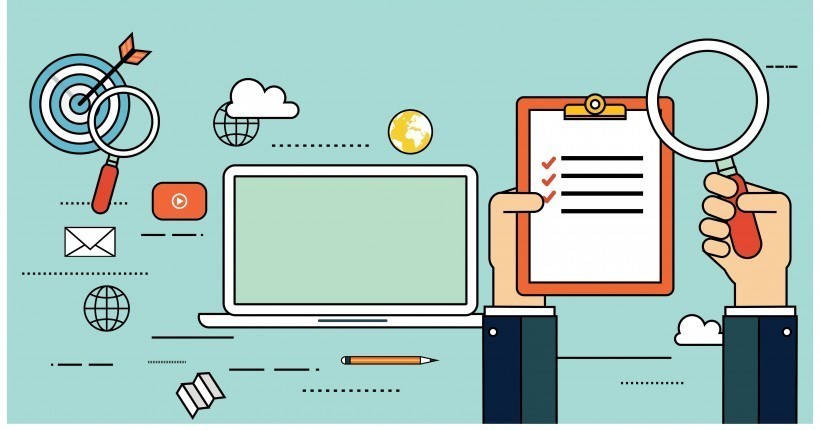When Do You Need These Learning Management System Bells And Whistles?
You have finally decided to implement a full-fledged Learning Management System (LMS) for your training initiatives. You have got some good quality content, it is compliant as per industry standards, and you have learners who are comfortable with online learning. Now you would like to bring in the formal tracking element, and a good Learning Management System obviously is required for the same. There is a ton of advice available online, there are thousands of Learning Management System options available (free as well as paid), and there are numerous reports and blog posts comparing the available Learning Management System – so much so that this information can almost confuse you. You are not quite sure which all features you need, you need to work within your budgets, and probably you don’t have a very trained staff to manage the Learning Management System (yet). Well, don’t let these things deter you. Through this article, we aim to provide a little bit of a guideline for your research.
- Gamification.
Don’t be surprised to find this item in this list. Gamification is great. We know that it keeps the learners engaged and motivated to complete the training. The rewards, badges, leader boards, points, all are good things to have in the Learning Management System. There is a good chance that these things will make the learners like the Learning Management System interface more. But as an enterprise implementing the Learning Management System for the first time, you need to remember that this involves a bigger onus on the Learning Management System administrators and managers. They need to configure the Learning Management System appropriately to introduce the right amount of interaction which is just enough for the learners to engage and does not distract them. Secondly, the gamification needs to have a strategic connection with your overall training objectives. It also needs to align with your training material. Introducing gamification in the Learning Management System (just because it is cool to have) won’t give you the desired results unless you have that as a part of the overall training strategy. - Collaborative Learning.
Most of the learning technologies for enterprises are designed to support a more formal and structured training. Introducing collaborative learning in the enterprise means offering more “responsibility” to the learners and allowing them to contribute in the process of education. Many learners may not be ready immediately to handle this additional responsibility. It also requires understanding and thorough knowledge the tools and technology (the Learning Management System features), so that the features can be used most efficiently. Since the success of collaborative learning completely depends on the participation of the learners, the enterprises need to take a call as to when they think their learners are ready for this additional responsibility. - Social Learning.
I know. I know. We are living in a social era. Everybody is on social media and there are arguments out there as to why learning should not be social. Point taken. Social is great. It helps in collaboration and it makes learning more collaborative and engaging. But I wouldn’t recommend joining this social learning bandwagon unless you have figured out your measurable social learning plan. Unless you have clarity on how and who will use the social learning features of your Learning Management System, what is the business impact it is going to create, and if you do really care for that impact – I would recommend skip it entirely. - LRS - Tin Can.
Learning Record Store (LRS) - Tin Can is the new kid around the block and everyone is talking about it. While LRS - Tin Can APIs offer a lot of new functionalities such as better organization of content with skill specific tags, easier transition between platforms, simulations and serious games etc., do note that it does not offer several other features such as calendar integration, email integration, e-commerce of course enrollments, enrollment approval workflow, management of users, roles, facilities etc. Do a complete analysis of your requirements before checking out additional features which various Learning Management Systems offer. - Competency Management.
Competency management is being discussed extensively during several learning and training development events. But to get the real benefits from the competency management initiatives, multiple products and technologies in the learning system need to flawlessly communicate with each other. The Learning Management System delivers the courses to the learners, assessment systems provide feedback to learners, the grading systems provide information on learner achievement – but unless all these systems talk to each other, it is of no use if only the Learning Management System has ‘support’ for competency management. - Video Courses.
Video courses are great to bring together learners and teachers from different places together. However, a lot of onus of making the most of the video courses lies on the learners. For starters, videos lack the real-time student/ teacher interaction, students need to be really self-disciplined to complete the video courses, and videos are not useful for technical courses which require real-world hands-on practical training. Another factor to consider is the costs – because of the need for a streaming server, the hosting charges of video courses is on a higher side. Unless you have training material which relies heavily on the use of video courses, this feature of video courses in the Learning Management System is probably of not much value to you.
Your Learning Management System evaluation needs to be much more than checking the check box items or getting impressed with the “number of features”. Your evaluation needs to be inside out – first identify your needs, requirements, capabilities, business goals and plans and then evaluate the Learning Management System based on those criteria.

